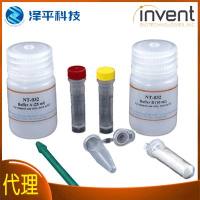Protoplasts of Higher and Lower Plants: Isolation, Culture, and Fusion
互联网
613
Plant protoplasts are cells from which the cell wall has been removed enzymatically. Thus, they retain all the normal cell organelles plus the nucleus; the latter is capable of expressing totipotency through the conversion of the protoplast to the regenerated plant using tissue culture technology. The fact that plant regeneration from protoplasts is possible for a large number of species, many of prime agronomic value, means that the protoplast is now seen as an ideal starting point for the gamut of genetic engineering technologies designed to bring about plant improvement. The protoplast is an invaluable tool for a variety of studies, including uptake of exogenously supplied materials, such as bacteria (1 ), algae (2 ), organelles (3 ), viruses (4 ), and macromolecules like DNA (5 ), as well as physiological investigations (6 ), transformation assessments (7 ), ultrastructural studies (8 ), and the isolation of subcellular components, including nuclei, chromosomes, and vacuoles (9 ).









